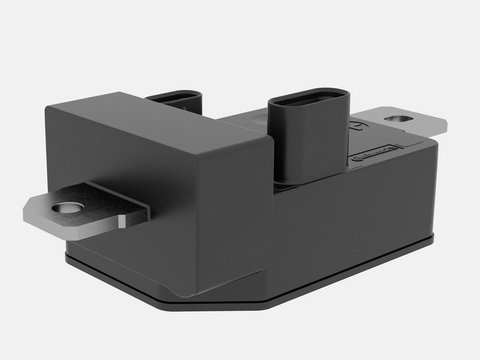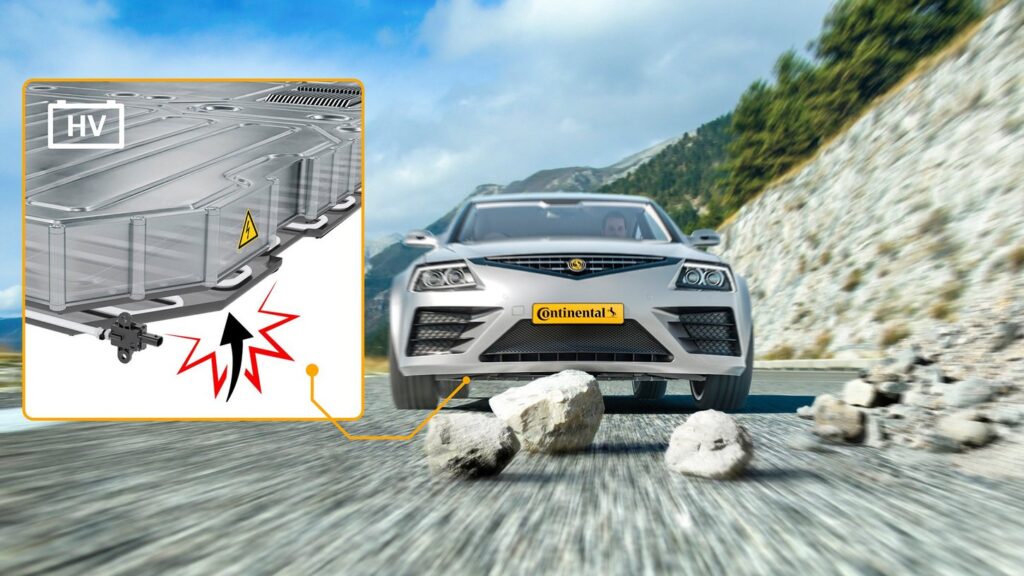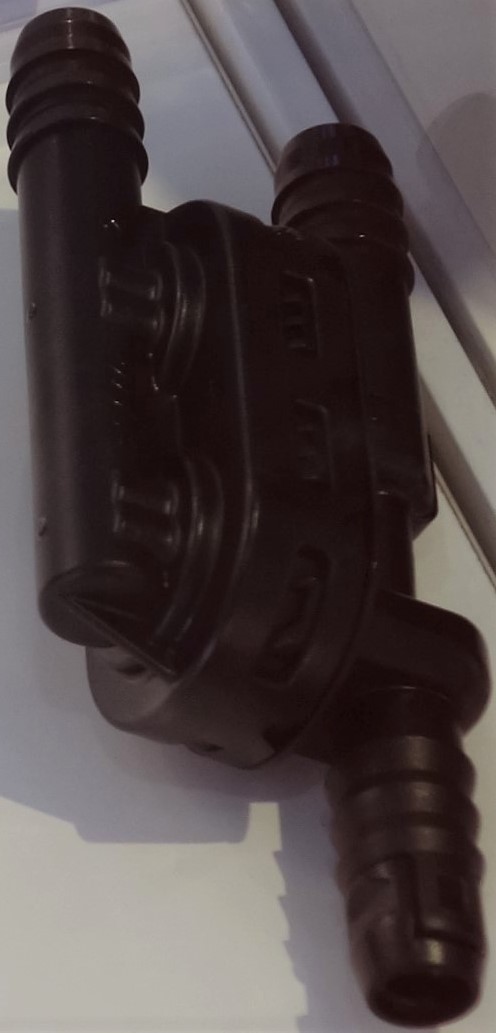

Considering that the battery is the single most expensive component in an electric car, the CSM was not just developed to protect the battery from overcurrents, but it will also help to retain the battery parameters by limiting ageing effects. Integrated either in the battery disconnect unit or in the battery itself, the CSM will provide the two decisive bits of information for battery protection as well as reliable driving range monitoring. To support strict functional safety requirements, the CSM is available as a two-channel sensor, measuring current independently by integrating shunt technology and hall technology in a compact, single unit.
The CSM measured current can be calibrated up to 2,000 Amps with better than ±1 percent accuracy on the shunt channel and ±3% accuracy on the hall channel, plus temperature in the range between -40° Celsius up to 125° Celsius. Both current measurement technologies provide full galvanic separation. This input is then provided via CAN interface to the battery management system. In addition to optimizing the efficiency of charging while protecting the battery, the CSM will also help to detect mechanical malfunctions, which could lead to a fire if undetected. The CSM fully supports ASIL D on system level. The production of the CSM will commence within 2022 for a global automaker’s state-of-the-art electric vehicle. The first product is part of a modular sensing platform which is scalable for additional features such as voltage measurement and number of measurement channels.

The BID in combination with a lightweight structure detects underfloor impacts and alerts the driver if a stop at a garage is necessary as a result. This relieves the driver of the challenging decision whether an impact at high speed or a low-speed ground contact may have damaged the battery. In comparison to current metal underfloor protection the BID solution can save up to 50 percent of weight.
The BID covers two typical impact risks: One is low-speed ground contact, e.g., during parking maneuvers when the vehicle slowly rolls over a curb and hits the ground. During this type of event, the BID signal could also be used to trigger a fast-acting active suspension system to temporarily increase the underfloor clearance in order to mitigate the damage. The other use case is high-speed intrusion which can be caused by swirled up heavy objects such as rocks or lashing straps on the road. Given the speed and impact, these types of objects can damage the underfloor and potentially even penetrate the battery structure.
The pressure sensor satellites used in the BID derived from the proven Pedestrian Protection System (PPS pSAT) which has been in serial production and applied in millions of vehicles for more than ten years. Any impact is detected via a resulting pressure signal in an air-filled silicone tube that is integrated in serpentines at the bottom of the battery compartment. The time difference between the signal’s arrival at the two pressure satellites at both ends of the tube makes it possible to calculate the area of the impact. The severity of the impact can be classified via signal thresholds that serve to trigger cascaded alarms to the driver.




